Managing Anxiety
Managing Anxiety
As children we are encouraged to, “reach out and touch somebody’s hand” or give a hug to a loved one. As adults we learn that a handshake is a sign of good intentions or a respectful greeting. Now in 2020 we are desperately trying to protect ourselves and our loved ones by social distancing. The friendly neighborhood business conversations and reassuring physical contact of a loved one, or a respected healthcare person, are gone. Whether we experienced anxiety prior to COVID-19 or not, isolation, separation and financial insecurity are only a few of the anxiety triggers we now face. The weeks and months ahead continue to be fraught with uncertainty, so how do we help ourselves feel steadier in the storm?
FOCUS ON WHAT YOU ARE ABLE TO CONTROL:
You can wear a protective mask and socially distance yourself from others to avoid viral infection. Realize that the behavior of others is out of your control and release yourself from the burden of what they may or may not do.
IDENTIFY ALTERNATIVES:
Write down the fears that plague you. Consider good and bad outcomes and write them down as well. When you see that your feared scenarios have many possible outcomes, including good ones, you will hopefully feel some relief of tension.
SET YOURSELF UP FOR A GOOD DAY:
Reclaim your ability to design the type of day you will have. Envision good eating habits, healthy movement and conversations with positive people. Hydrate well and try your best to choose nutrition that strengthens the body. Remember YOU set the pace. Things can go haywire, but don’t start the day by thinking that way.
MOVEMENT:
Anxiety adds to distress and tension. That feeling of immobility can be overcome with regular movement, like walking or stretching. It helps circulation, caloric burn, sleep, hormonal balance, mood and certainly lowers the level of anxiety that plagues you.
RELEASE TENSION:
There are numerous on line programs that direct you through breathing exercises and movements that help calm the nervous system. Most involve tensing and relaxing muscles in a sequence to ultimately release tension.
PROPER SLEEP:
Remind yourself that sleep is for rest and renewal. Take slow breaths in and out before retiring for the night. Consider each exhalation as an opportunity to release stress, worried thoughts or anger. You deserve to experience peace and restful nights.
DON’T MAKE ANXIETY THE ENEMY:
Acknowledge when you are anxious. Do not feel helpless or embarrassed by it. Use it to remind yourself that you need to speak to someone, or slow down, or stop to properly breathe.
OTHERS:
Often resentment or blame can make anxiety worse. Before negatively reacting to a situation or person, stop and consider their possible fear or insecurity. By cultivating kindness, you will often be doing yourself a favor as well.
MEDITATION:
Use music, faith, mantras, etc. to slow your over active thoughts and heal your burdened mind.
SEEK HELP:
There are trained professionals and kind individuals who want to help you clear the traffic in your mind.
The cognitive behavioral therapy Deck for Anxiety recommends sending out the following wishes to people you see and treating yourself with kindness and patience:
MAY YOU BE HEALTHY
MAY YOU KNOW PEACE
MAY YOU FIND EASE
MAY YOU BE FREE OF SUFFERING
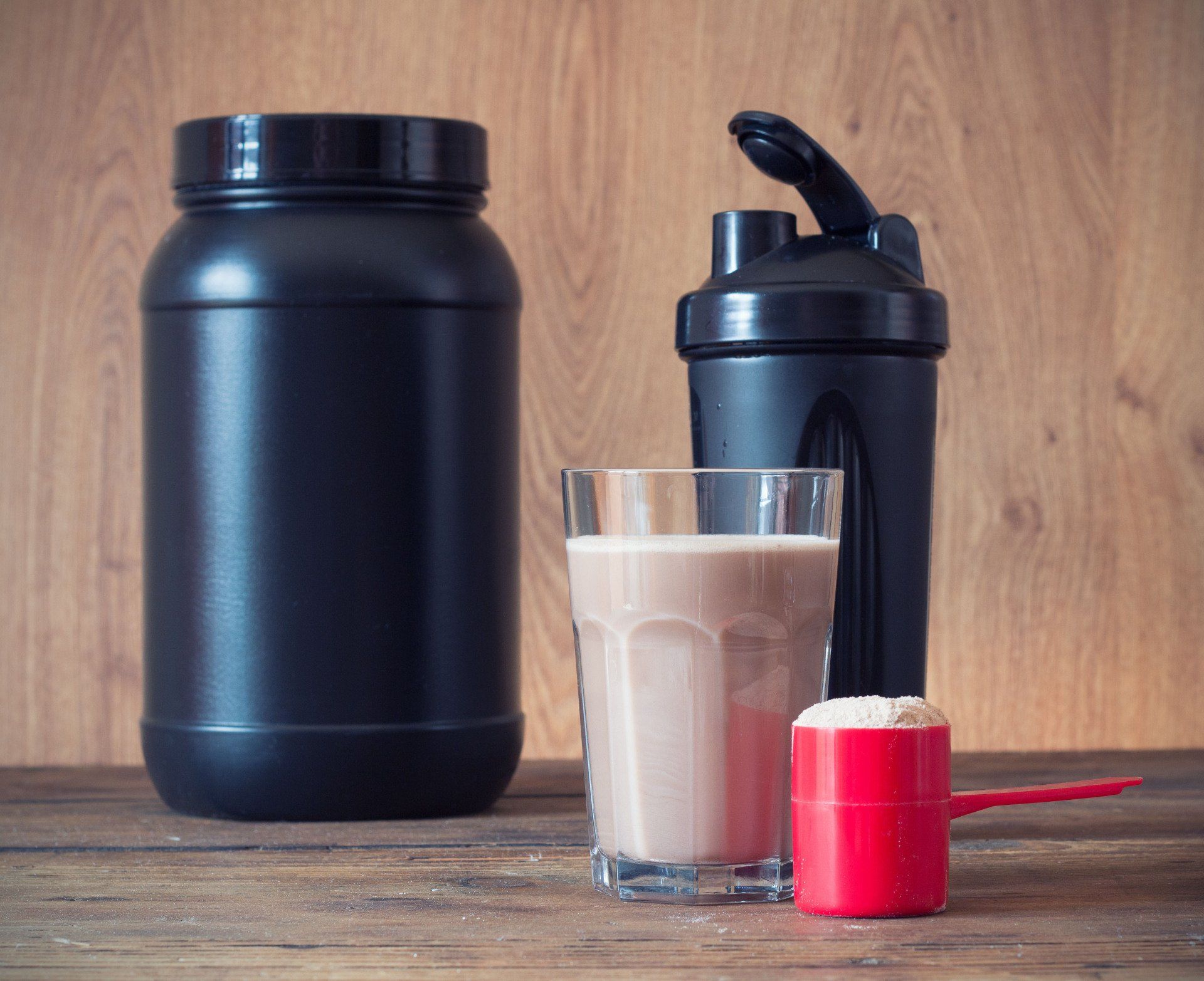
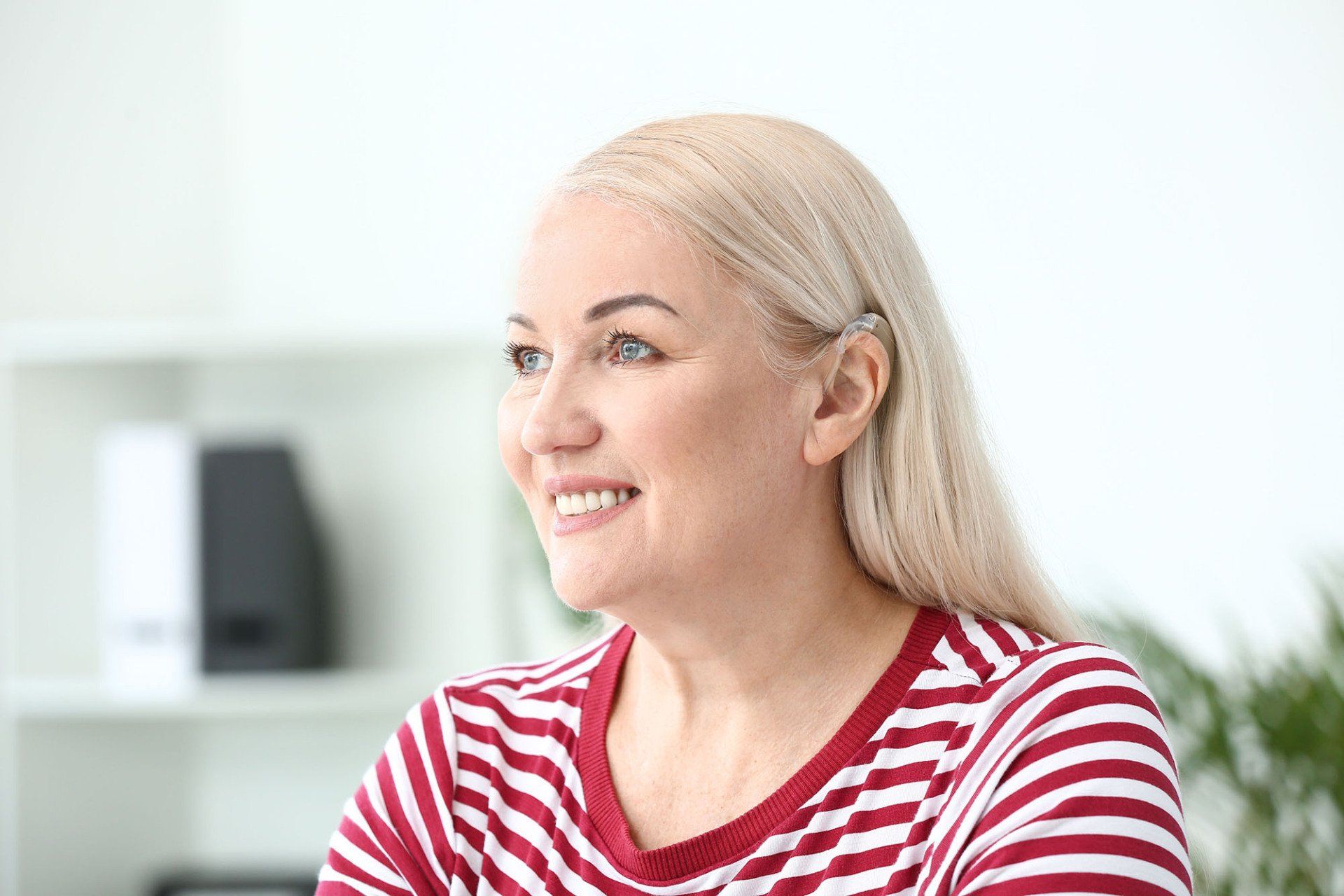


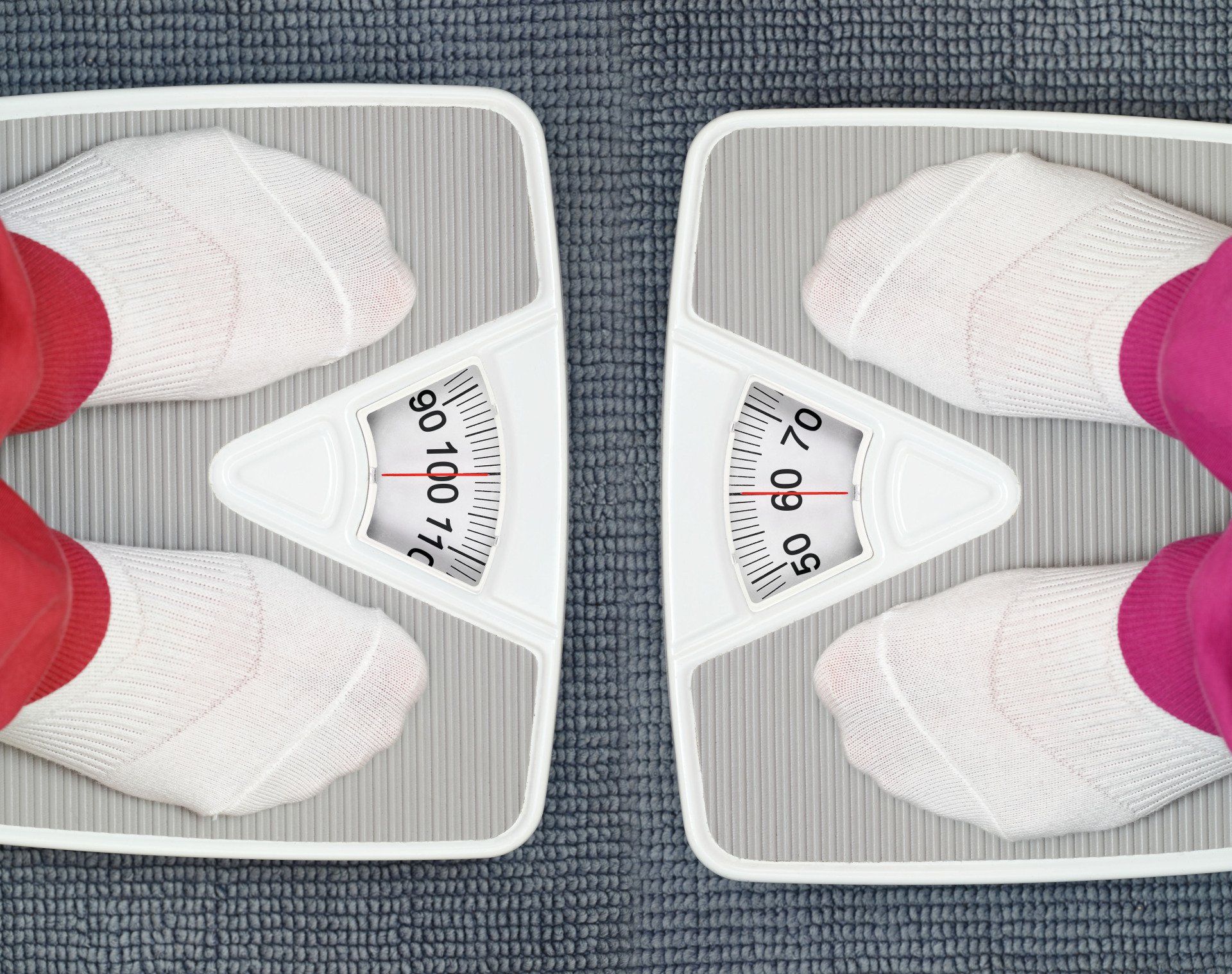

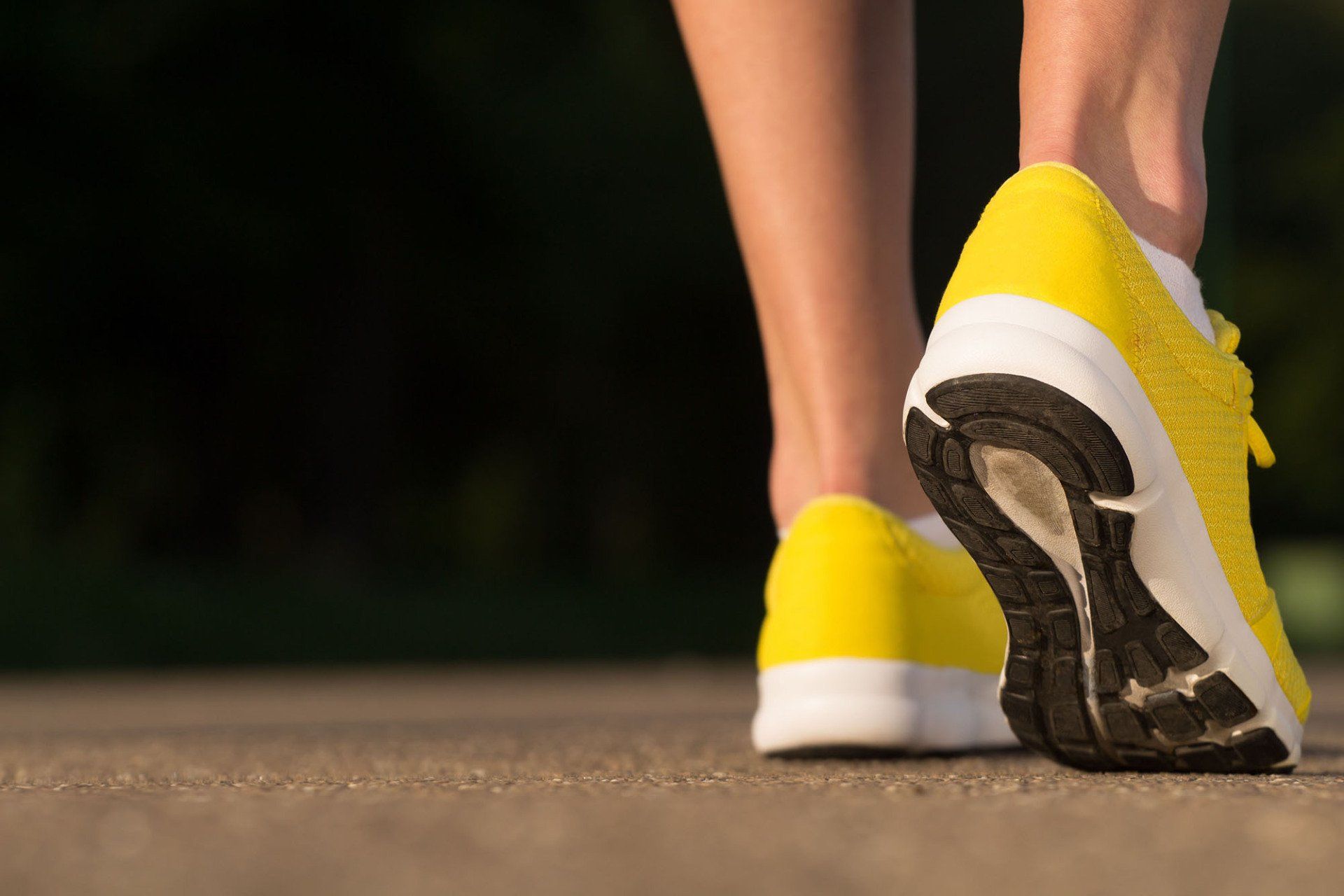


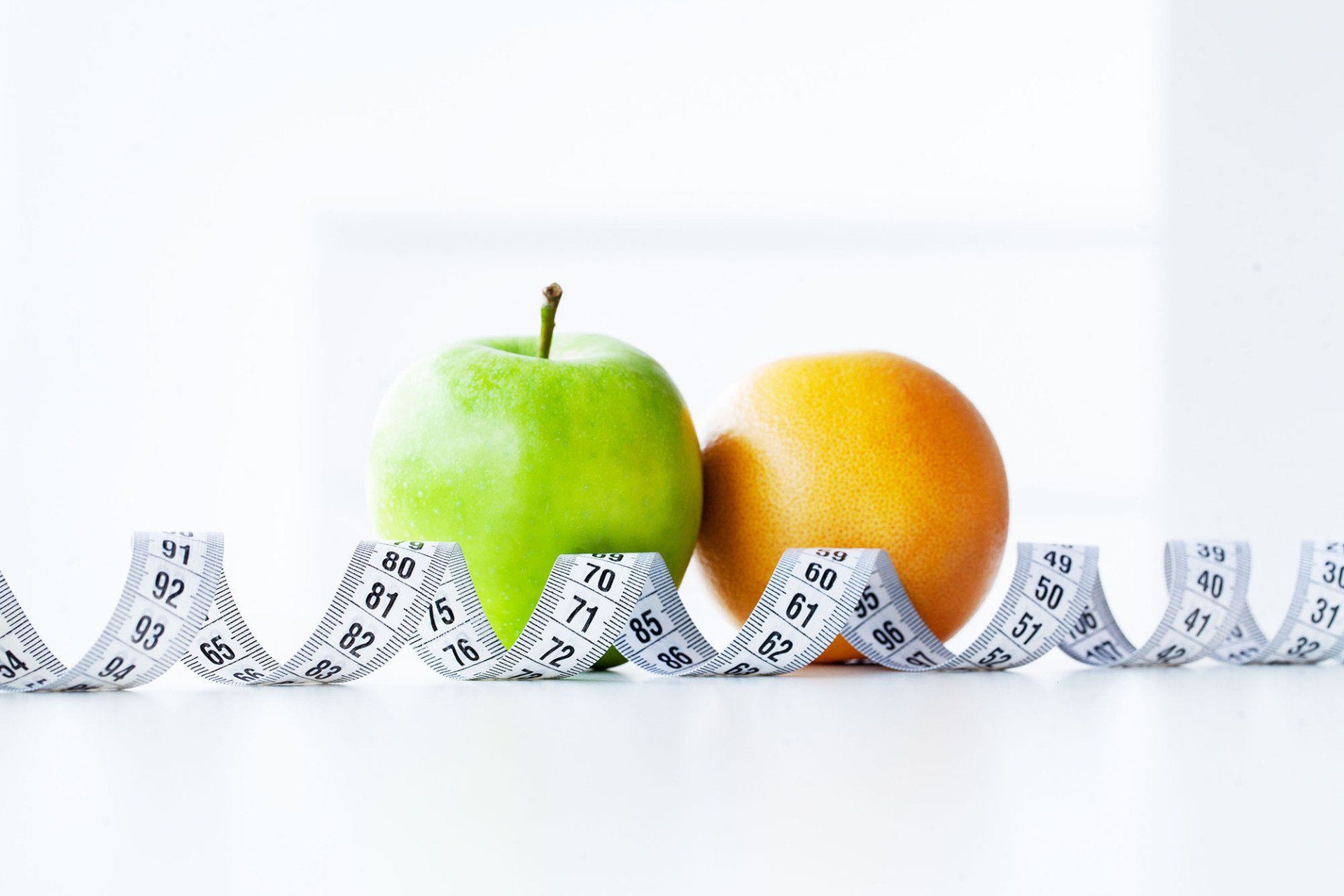

Share On: